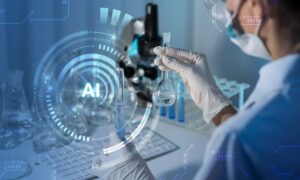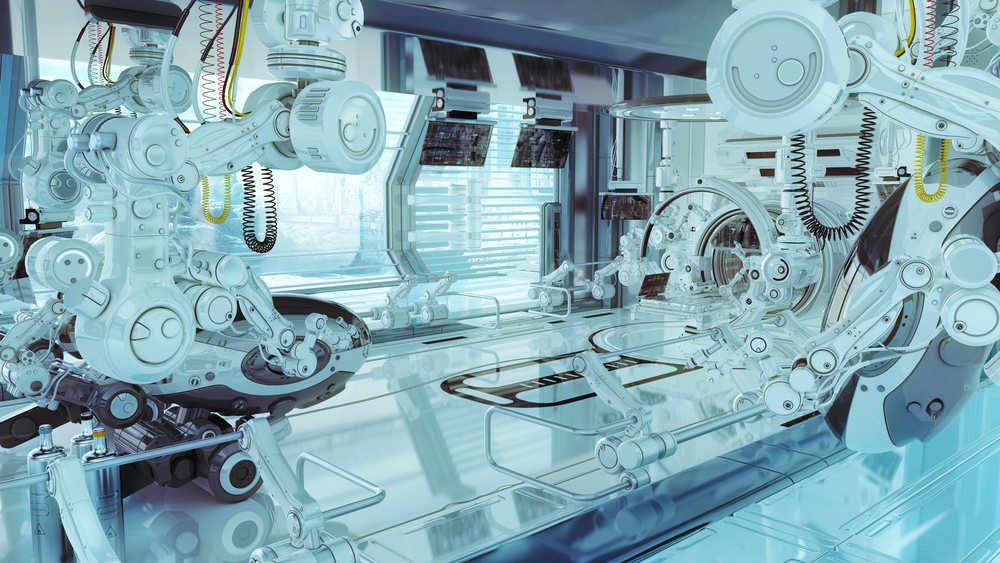
In the dynamic landscape of modern healthcare, clinical laboratories stand as the cornerstone of diagnostic excellence and medical advancement. These facilities, where the science of healing meets the art of precision, are pivotal in unraveling the mysteries of disease and guiding the hands of healthcare providers.
However, as the demands on healthcare continue to evolve, so too must the laboratories that support it. The construction of a clinical laboratory is no longer simply about erecting a building; it is about building for the future of medicine.
From innovative lab design concepts to cutting-edge technology integration, the blueprint for tomorrow’s laboratories must be crafted with foresight and ingenuity. This article explores the key trends and challenges shaping the construction of clinical laboratories, highlighting the crucial role these facilities play in the future of medicine.
The Evolving Focus of Clinical Laboratory Construction
In the 1980s, clinical laboratories were primarily focused on traditional diagnostic testing, which often involved manual processes and limited automation. Laboratories were typically smaller in size and scope, with a primary focus on routine testing for common diseases and conditions.
In contrast, the clinical laboratory of the future are expected to be more technologically advanced and automated, with a greater emphasis on molecular diagnostics, personalized medicine, and advanced imaging techniques. These labs are likely to be larger and more integrated into the overall healthcare system, with a focus on providing a wider range of diagnostic services and supporting complex medical research.
Overall, the role of the clinical laboratory is evolving from a focus on routine testing to a more central role in personalized medicine, disease prevention, and the advancement of medical science. This evolution is driving changes in laboratory design and construction, with a greater emphasis on flexibility, scalability, and integration with other healthcare services.
NIH Guidelines for Clinical Laboratories

The National Institutes of Health (NIH) provides comprehensive guidelines for the planning and design of biomedical research laboratory facilities. These guidelines cover various aspects, including safety, functionality, and efficiency. Some key points typically addressed in such guidelines include:
1. Space Planning
This involves carefully allocating space within a clinical laboratory for various functions, such as wet labs (for handling chemicals and biological materials), dry labs (for computational and desk-based work), offices, and support areas. Proper space planning ensures that each area is appropriately sized and located to support efficient workflows and collaboration among researchers.
2. Safety Regulations
Compliance with safety regulations and standards is paramount in clinical laboratory design. This includes adherence to biosafety guidelines for handling biological materials, chemical safety standards for storage and use of hazardous chemicals, and radiation safety protocols for facilities working with radioactive materials. Ensuring compliance with these regulations helps maintain safe working environments for laboratory staff and prevents accidents or exposures.
3. Equipment Requirements
Biomedical research laboratories have specific equipment needs, ranging from basic laboratory equipment like centrifuges and microscopes to specialized equipment such as biosafety cabinets, imaging systems, and PCR machines. Designing the clinical laboratory facility to accommodate these equipment requirements ensures that researchers have access to the tools they need to conduct their research effectively.
4. Environmental Controls
Maintaining a suitable environment for research is critical for the success of biomedical research. This includes implementing environmental controls for temperature, humidity, and ventilation. Proper ventilation is especially important for laboratories working with volatile chemicals or biological agents to ensure the safety of researchers and maintain the integrity of experiments.
5. Flexibility and Adaptability
Designing clinical laboratory spaces that can easily adapt to changing research needs and technologies is essential. This may involve using modular furniture and flexible infrastructure to allow for reconfiguration of lab spaces as research projects evolve. Flexibility in design helps future-proof the facility and ensures that it can continue to support cutting-edge research.
6. Accessibility
Ensuring that the laboratory facility is accessible to individuals with disabilities is essential for promoting inclusivity and providing a safe and welcoming environment for all researchers and staff. This includes providing accessible entrances, elevators, and restrooms, as well as ensuring that laboratory equipment and workstations are accessible to individuals with mobility impairments.
7. Energy Efficiency
Incorporating energy-efficient design elements into the laboratory facility helps reduce energy consumption and minimize its environmental impact. This can include using energy-efficient lighting, HVAC systems, and building materials, as well as implementing sustainable practices such as recycling and waste reduction. Energy-efficient design not only lowers operating costs but also contributes to a more sustainable research environment.
Leveraging Clinical Laboratory Data: A Review
The clinical laboratory is a critical department that provides valuable test results and auxiliary clinical diagnoses by examining patient specimens using various methods, including visual observation, physical, biochemical, or molecular biological techniques.
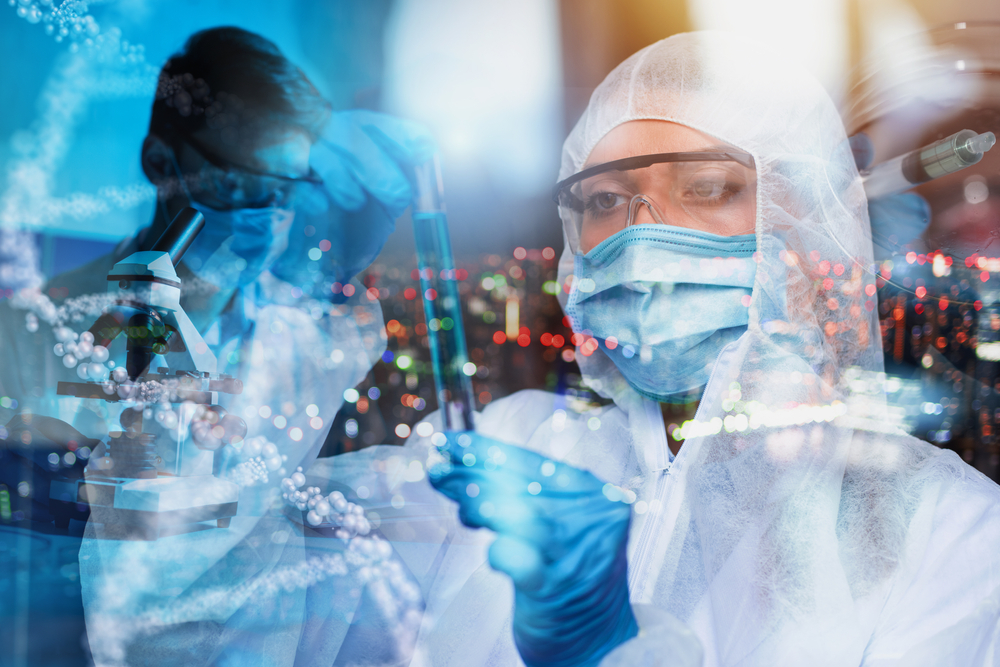
In September 2022, BMC Bioinformatics published a review highlighting the importance of leveraging clinical laboratory data through data mining strategies. The review covers several key topics, including the following:
- Advancements in Testing Methods: The development of medical equipment and the transition from manual to semi- and fully automatic testing have revolutionized clinical laboratories, improving efficiency and accuracy.
- Standardization and Quality Control: Standardization of test methods and quality control standards have ensured accurate clinical laboratory results, leading to more precise diagnosis and treatment decisions.
- Expanded Clinical Significance: Conventional tests have revealed additional clinical significance beyond their traditional roles. For example, platelets are now known to contribute not only to hemostasis but also to immune and inflammatory activities, including cancer progression.
- Combined Blood Test Items: Combined blood test items provide more clinical information than previously realized, highlighting the importance of integrating routine clinical tests for enhanced diagnosis and treatment.
- Role of AI: Artificial intelligence (AI) is transforming clinical decision-making and diagnoses. AI applications in radiology and pathology are well-known, and the combination of clinical laboratory testing data with AI is revolutionizing disease diagnosis, prediction, monitoring, and prognosis research.
In a nutshell, routine clinical laboratory test results contain valuable information that can be further explored with the help of AI. The integration of AI and clinical laboratory data not only improves disease prediction, diagnosis, and monitoring but also enhances laboratory management practices.
Additional Reading: How to Collaborate with a Clinical Laboratory Builder for Your Facility
Clinical Laboratory Construction: An Overview of Design Trends and Challenges

Any state-of-the-art clinical laboratory incorporates several design trends to enhance efficiency, flexibility, and safety. When planning the construction of a clinical laboratory for the future of medicine, various trends and technologies should be considered to ensure that the facility is equipped to meet the evolving needs of healthcare.
- Flexibility and Modularity: Designing labs with modular and flexible layouts that can easily adapt to changes in technology and workflow. This includes movable casework, modular furniture, and flexible utility distribution systems.
- Future-Proofing: Consider future-proofing strategies such as designing for energy efficiency, sustainability, and the use of environmentally friendly materials to ensure the lab remains viable and efficient for years to come.
- Scalability: Design the lab’s IT infrastructure to be scalable and capable of supporting future advancements in clinical laboratory information management systems (LIMS), data analysis tools, and other digital technologies. This includes designing for future equipment upgrades and changes in staffing levels.
- Digitalization and Connectivity: Embracing digitalization and connectivity allows for seamless integration of laboratory equipment, data management systems, and electronic health records. This enables real-time access to information and facilitates collaboration among healthcare providers.
- Data Management: Managing and integrating large volumes of data from various sources, including electronic health records (EHRs), and ensuring privacy and security to provide more personalized and effective patient care.
- Data Security and Privacy: With the increasing use of digital technologies, maintaining data security and privacy is critical. Protecting laboratory data and systems from cybersecurity threats, such as data breaches and ransomware attacks, which can compromise patient confidentiality and data integrity. Implementing robust cybersecurity measures and ensuring compliance with data protection regulations are essential considerations.
- Point-of-Care Testing (POCT): Integrating POCT devices into the laboratory allows for faster diagnosis and treatment decisions, especially in emergency or critical care settings. POCT devices are becoming increasingly sophisticated, offering a wider range of tests with rapid results.
- Molecular Diagnostics: Advances in molecular diagnostics, such as next-generation sequencing (NGS) and polymerase chain reaction (PCR) technologies, are revolutionizing diagnostics and personalized medicine. Incorporating these technologies into the laboratory can enhance diagnostic capabilities and treatment options.
- Utility Infrastructure: Ensure the lab’s utility infrastructure, including electrical, plumbing, and HVAC systems, is designed with excess capacity to support future equipment and technology upgrades.
- Lean Design Principles: Applying lean design principles to optimize workflow and minimize waste. This includes designing labs with efficient layouts, standardized processes, and minimal non-value-added activities.
- Energy Efficiency: Incorporating energy-efficient design features such as LED lighting, high-performance HVAC systems, and energy-efficient equipment to reduce operating costs and environmental impact.
- Environmental Sustainability: Designing a laboratory with a focus on environmental sustainability can reduce energy consumption, waste generation, and carbon footprint. This can include using energy-efficient equipment, incorporating renewable energy sources, and implementing green building practices.
- Collaborative Spaces: Incorporating collaborative spaces such as conference rooms, lounges, and shared workspaces to facilitate collaboration among lab staff and with other healthcare professionals.
- Patient-Centered Design: Designing labs with a focus on patient comfort and convenience, including dedicated areas for patient interaction and sample collection.
- Safety and Biosafety: Ensuring the safety of laboratory personnel and the environment is paramount. Incorporating state-of-the-art biosafety features, such as biological safety cabinets, fume hoods, proper ventilation systems, and containment systems for handling hazardous materials is essential. Ensure the lab’s design meets current safety and compliance standards, while allowing for future updates and modifications as regulations evolve.
- Regulatory Compliance: Adhering to evolving and increasingly complex regulatory requirements, such as the Clinical Laboratory Improvement Amendments (CLIA) and the European Union’s In Vitro Diagnostic Regulation (IVDR), to ensure quality and safety in laboratory testing.
Addressing these challenges will require innovation and collaboration among healthcare providers, policymakers, and industry stakeholders to ensure that clinical laboratories can continue to play a crucial role in advancing the future of medicine.
Overall, the latest design trends for constructing a state-of-the-art clinical laboratory focus on enhancing efficiency, safety, and collaboration while incorporating the latest technologies to support advanced diagnostic and research capabilities.
By considering these trends and technologies, you can design and construct a clinical laboratory that is well-equipped to meet the challenges and opportunities of the future of medicine.
Additional Reading: The Comprehensive Guide to Laboratory Construction
Interoperability to Improve Outcomes
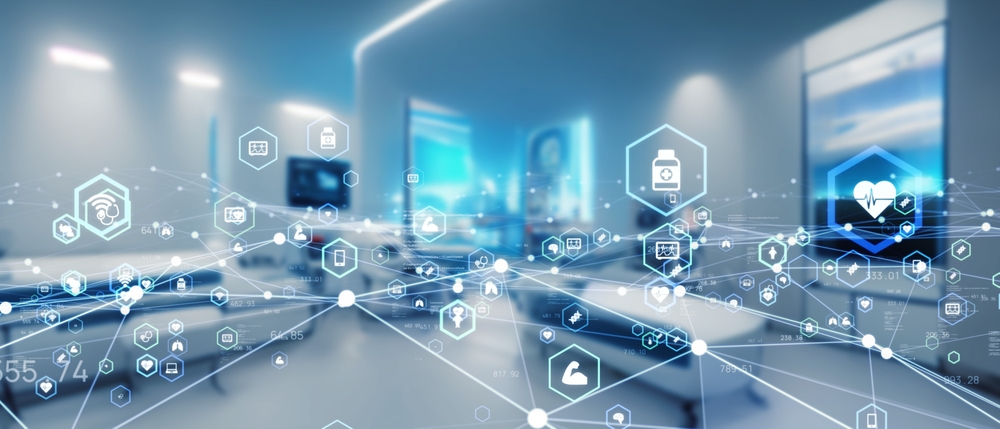
Interoperability between laboratory systems and healthcare information systems will be crucial to facilitate seamless data exchange and improve patient care in the future of clinical laboratory facilities.
Healthcare providers can access and share critical patient information, including laboratory test results, quickly and efficiently with the help of interoperability. It allows laboratory systems to communicate effectively with electronic health records (EHRs), telemedicine platforms, and other healthcare information systems.
This interoperability enhances care coordination, reduces duplication of tests, and improves the accuracy and timeliness of diagnoses and treatment decisions.
Additionally, interoperability enables the integration of data from multiple sources, such as wearable devices and remote monitoring tools, providing a more comprehensive view of patients’ health and enabling more personalized care plans.
Overall, interoperability is essential for optimizing the use of laboratory data in healthcare delivery, supporting better clinical decision-making, and ultimately improving patient outcomes.
Clinical Laboratory Construction: Optimizing Space Allocation
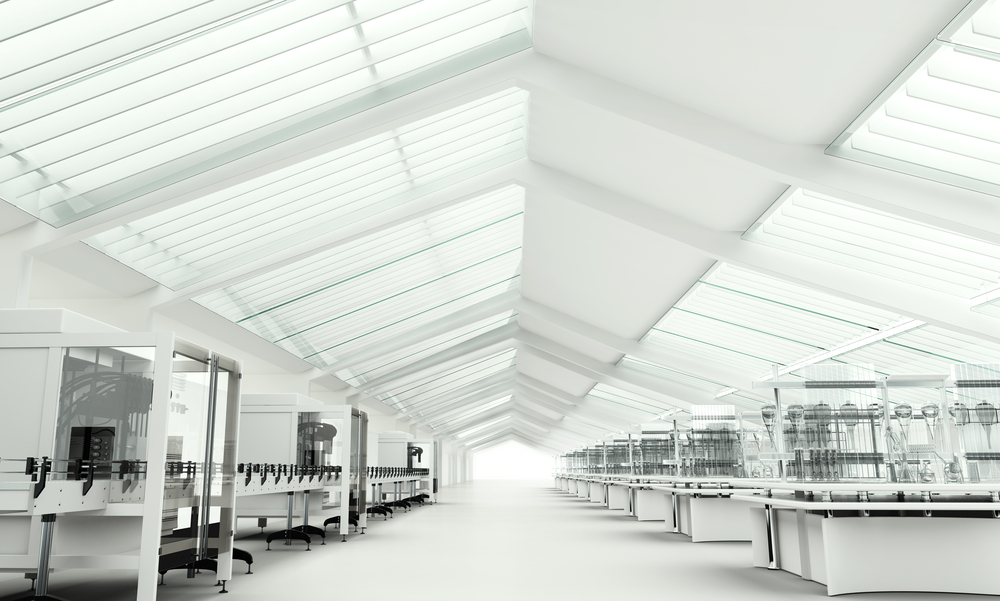
Optimizing space allocation and encouraging healthy work environments are critically important in modern clinical laboratory facilities for several reasons.
Firstly, efficient space allocation allows for the effective organization of equipment, supplies, and workflow, leading to improved productivity and reduced turnaround times for test results. By maximizing space utilization, laboratories can accommodate new technologies and equipment upgrades, ensuring that they remain at the forefront of diagnostic capabilities.
Secondly, promoting a healthy work environment is essential for the well-being of laboratory staff. Laboratories can incorporate ergonomic design principles to minimize physical strain and reduce the risk of musculoskeletal injuries among workers. Additionally, ensuring proper ventilation, lighting, and acoustics can create a comfortable and safe working environment, which can contribute to employee satisfaction and retention.
Moreover, a healthy work environment fosters collaboration and teamwork among laboratory staff, which is essential for delivering high-quality patient care. By providing designated spaces for collaboration, communication, and knowledge sharing, laboratories can facilitate interdisciplinary collaboration and problem-solving, leading to improved efficiency and innovation.
Overall, optimizing space allocation and promoting a healthy work environment are integral to the success and sustainability of modern clinical laboratories. These efforts enhance operational efficiency and staff well-being and contribute to the delivery of safe, accurate, and timely diagnostic services to patients.
Future Medicine: Technological and Service Advancements

1. Global Health Challenges
Modern clinical laboratories face several global health challenges that impact their operations and the delivery of healthcare. Some key challenges to consider when building a clinical laboratory include:
— Infectious Diseases
Clinical laboratories play a crucial role in the diagnosis and monitoring of infectious diseases such as HIV/AIDS, tuberculosis, malaria, and emerging infectious diseases and pandemics like COVID-19. These diseases pose significant challenges due to their rapid spread, high morbidity and mortality rates, and the need for accurate and timely diagnosis.
— Antimicrobial Resistance
The rise of antimicrobial resistance (AMR) is a major global health threat that affects the effectiveness of antibiotics and other antimicrobial drugs. Clinical laboratories play a critical role in monitoring AMR patterns and guiding treatment decisions, but they face challenges in detecting and responding to resistant pathogens.
— Non-communicable Diseases (NCDs)
The increasing burden of non-communicable diseases such as cardiovascular diseases, cancer, diabetes, and chronic respiratory diseases poses challenges for clinical laboratories. These diseases require accurate diagnostic tests and monitoring to guide treatment and management.
— Limited Resources
Many clinical laboratories in low- and middle-income countries face challenges related to limited resources, including inadequate funding, infrastructure, equipment, and trained clinicians and other personnel. This can hinder their ability to provide essential laboratory services and respond effectively to health emergencies.
— Health Inequalities
Disparities in access to healthcare and laboratory services contribute to health inequalities globally. Clinical laboratories play a critical role in addressing these inequalities by providing diagnostic services to underserved populations and supporting public health systems and initiatives to improve health outcomes for all.
— Emerging Technologies
While emerging technologies such as molecular diagnostics, digital health, and AI offer opportunities to improve laboratory services, they also present challenges related to cost, implementation, and ensuring quality and accuracy of results.
— Data Management and Privacy
Clinical laboratories generate large amounts of data that need to be managed securely and used effectively to inform clinical decision-making and public health interventions. Ensuring data privacy and security is a significant challenge in the digital age.
Addressing these global health challenges requires a coordinated and collaborative approach involving governments, healthcare providers, researchers, and laboratory professionals. By overcoming these challenges, clinical laboratories can play a crucial role in improving health outcomes and advancing global health security.
2. AI and Robotics in Clinical laboratories for Future Medicine
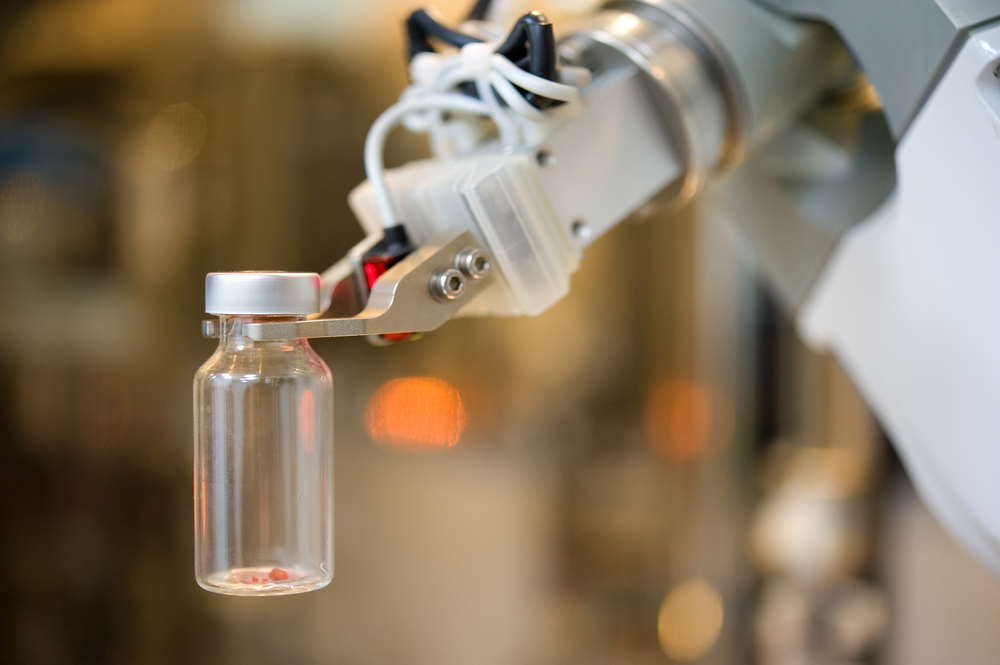
Emerging technologies like artificial intelligence (AI) and robotics are reshaping the design of future clinical laboratories. Incorporating automation and robotics into laboratory workflows can improve efficiency, accuracy, and turnaround times for test results. This can include robotic sample handling, automated sample processing and data analysis, and digital pathology.
— Automation
AI and robotics are enabling greater automation of laboratory processes, such as sample processing, analysis, and data management. This automation is leading to the design of labs with integrated robotic systems and automated workflows, reducing the need for manual intervention and increasing efficiency.
— Space Optimization
AI and robotics allow for the design of labs with more compact and efficient layouts. Robotic systems can be designed to occupy less space while performing complex tasks, allowing for the optimization of lab space for other functions.
— Workflow Efficiency
AI can analyze data and optimize workflows to improve efficiency and reduce turnaround times. Labs are being designed with integrated AI systems that can analyze data in real-time and make recommendations for process improvements.
— Data Management
AI is revolutionizing data management in labs, enabling the handling of large volumes of data more efficiently. Clinical laboratory facilities are being designed with integrated AI systems that can manage, analyze, and store data securely.
— Personalized Medicine
AI is enabling the development of personalized medicine approaches, where treatments are tailored to individual patients. Labs are being designed with AI systems that can analyze patient data and recommend personalized treatment options.
— Remote Monitoring
AI and robotics are enabling remote monitoring of laboratory processes and equipment. Labs are being designed with AI systems that can monitor equipment performance and alert staff to issues, allowing for proactive maintenance and troubleshooting.
Overall, AI and robotics are transforming the design of the future clinical laboratory, enabling greater automation, efficiency, and flexibility to meet the evolving demands of healthcare.
3. Simulation in the Future of Clinical Laboratories
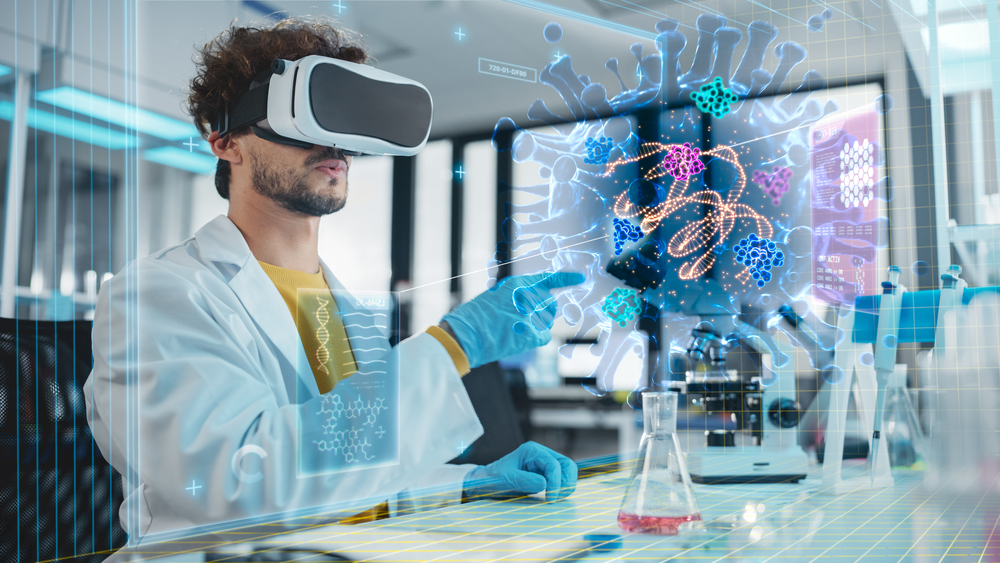
Simulation modalities such as virtual reality can play a significant role in the future of a clinical laboratory, particularly in training and education. Simulation technology can provide a realistic and immersive learning experience for laboratory professionals, allowing them to practice various laboratory techniques and procedures in a safe and controlled environment.
This technology can also be used to simulate complex laboratory scenarios or rare medical conditions, helping laboratory professionals develop critical thinking and problem-solving skills. Additionally, simulation can be used to evaluate and optimize laboratory workflows and processes, identifying potential areas for improvement and enhancing overall efficiency.
As a whole, simulation has the potential to enhance the training and education of laboratory professionals, improve the quality and safety of laboratory operations, and contribute to the advancement of laboratory science and medicine.
4. The Value of Drones in the Modern Clinical Laboratory

The potential role for drones in the future of clinical laboratories is significant, particularly in the realm of medical sample transport. Drones could be used to transport samples between healthcare facilities, such as hospitals and laboratories, quickly and efficiently. This could be particularly beneficial in remote or hard-to-reach areas where traditional transportation methods are limited.
Additionally, drones equipped with specialized sensors could be used for environmental monitoring around laboratory facilities, helping to detect potential hazards or contaminants. Drones could also be used for inventory management, surveillance, and other logistical tasks within laboratory settings.
While the use of drones in clinical laboratory activities is still in the early stages, ongoing advancements in drone technology and regulations could make them an increasingly valuable tool in the future.
5. Digital Hospitals in the Evolution of Clinical Laboratories
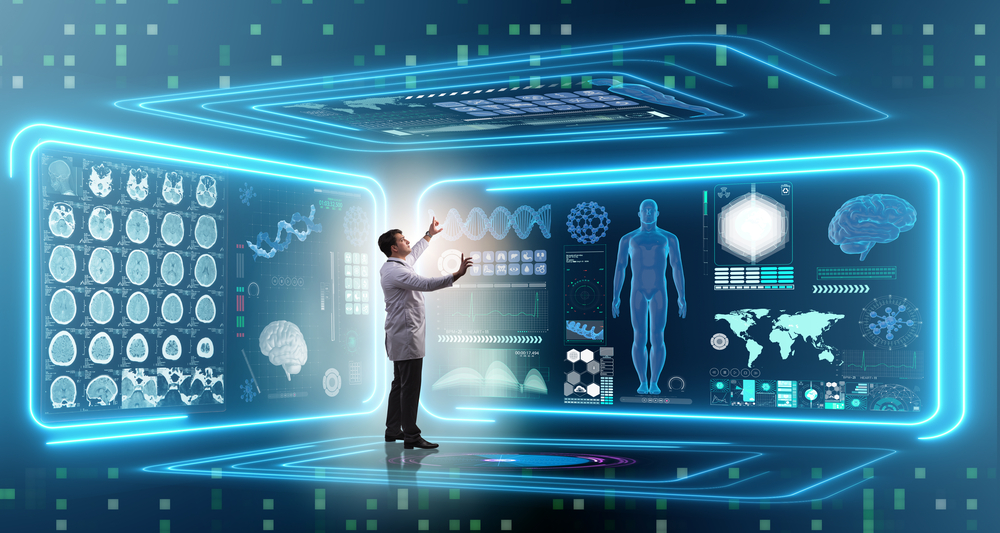
Digital hospitals focus on integrating technology into every aspect of healthcare delivery, from patient registration to diagnosis and treatment. They leverage digital technologies, such as electronic health records (EHRs), telemedicine, digital imaging, and health information systems, to offer an all-inclusive medical center.
Digital hospitals improve patient care, streamline operations, and enhance the overall patient experience. These hospitals focus on integrating technology into every aspect of healthcare delivery, from patient registration to diagnosis and treatment.
In the future, digital hospitals are likely to play a significant role in the evolution of clinical laboratories. These hospitals will increasingly rely on digital technologies to automate laboratory processes, integrate laboratory data with other health information systems, and provide real-time access to laboratory results for healthcare providers and patients.
Digital hospitals may also incorporate advanced technologies, such as artificial intelligence and robotics, to enhance clinical laboratory operations and improve diagnostic accuracy.
Overall, digital hospitals represent the future of healthcare delivery, and clinical laboratories will be an integral part of this transformation, leveraging digital technologies to provide more efficient, accurate, and patient-centered care.
6. The Role of Telemedicine in Clinical Laboratory Services

Telemedicine is expected to play a significant role in the future of clinical laboratory services, offering several benefits and opportunities for improvement:
— Remote Consultations
Telemedicine allows healthcare providers to consult patients remotely, reducing the need for in-person visits. This can lead to increased access to clinical laboratory services for patients in remote or underserved areas.
— Remote Monitoring
Telemedicine enables remote monitoring of patients’ health conditions, including the results of laboratory tests. This can lead to more timely interventions and better management of chronic conditions.
— Improved Efficiency
Telemedicine can improve the efficiency of laboratory services by reducing the need for manual data entry and paperwork. This can lead to faster turnaround times for test results and improved patient satisfaction.
— Enhanced Collaboration
Telemedicine facilitates collaboration between healthcare providers, allowing them to easily share patient information and laboratory results. This can lead to more coordinated care and better patient outcomes.
— Access to Specialists
Telemedicine enables patients to consult specialists located in other geographic areas, including laboratory medicine specialists. This can lead to improved diagnostic accuracy and more personalized treatment plans.
— Cost Savings
Telemedicine can lead to cost savings for patients and healthcare providers by reducing the need for travel and in-person visits. This can make laboratory services more affordable and accessible.
Overall, telemedicine is expected to play an increasingly important role in the future of clinical laboratory services, offering opportunities for improved efficiency, accessibility, and patient care.
7. The Shift Toward Personalized Medicine
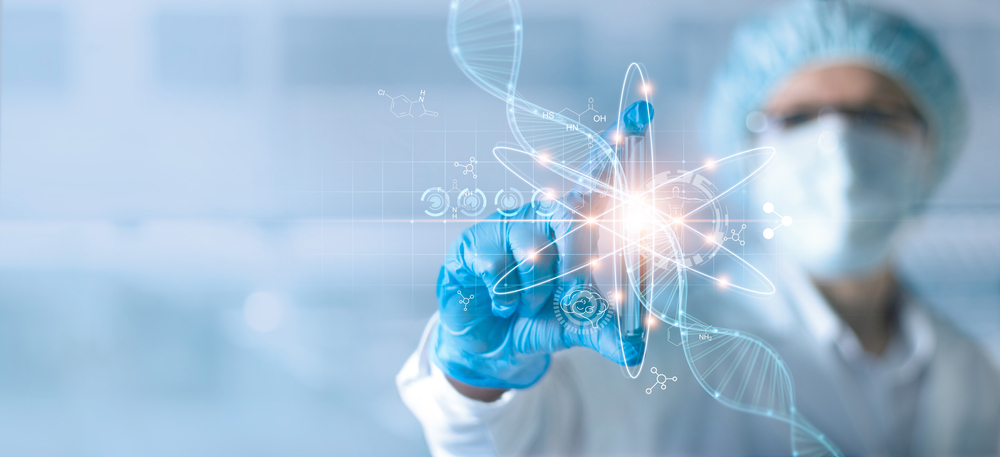
Modern clinical laboratories must adapt to the shift towards personalized medicine to meet the evolving needs of patients and healthcare providers.
Personalized medicine aims to tailor medical treatments to the individual characteristics of each patient, including their genetic makeup, lifestyle, and environmental factors.
This approach requires laboratories to provide more targeted and precise diagnostic tests that can identify biomarkers and genetic variations associated with specific diseases or responses to treatment.
Laboratories must also invest in technologies that enable the analysis of large amounts of data, such as next-generation sequencing and bioinformatics tools, to support personalized medicine initiatives.
By adapting to the shift towards personalized medicine, clinical laboratories can help improve patient outcomes, reduce healthcare costs, and contribute to advancements in medical research and treatment development.
8. Patient Engagement

Modern clinical labs are increasingly engaging patients in their healthcare by providing them with access to their laboratory test results, educational resources, and tools to track their health metrics.
Patient engagement in healthcare is important for improving health outcomes, enhancing patient satisfaction, and promoting self-management of chronic conditions.
Clinical labs can engage patients through patient portals, mobile apps, and other digital platforms that allow patients to access their lab results, receive educational materials, and communicate with their healthcare providers.
Engaging patients in their healthcare can lead to more informed decision-making, better adherence to treatment plans, and improved overall health and well-being.
Conclusion
As we look to the future of medicine, it is clear that clinical laboratory construction is at the forefront of innovation and advancement.
The challenges and trends outlined in this article underscore the critical importance of designing clinical laboratories that are not only functional and efficient but also adaptable and resilient. They must be equipped to deal with life sciences like hematology, genomics, immunology, and more in their role to improve our understanding of illnesses and how to diagnose and treat them.
The construction of a clinical laboratory must be approached with a forward-thinking mindset, anticipating the needs of tomorrow’s healthcare landscape.
The mountainous quest to construct a clinical laboratory for future medicine can be simplified by utilizing the services of specialists in lab planning, design, engineering, and more. By building with precision and purpose, we can ensure that clinical laboratories continue to serve as the foundation of modern medicine, driving progress and improving health outcomes and wellness for generations to come.

